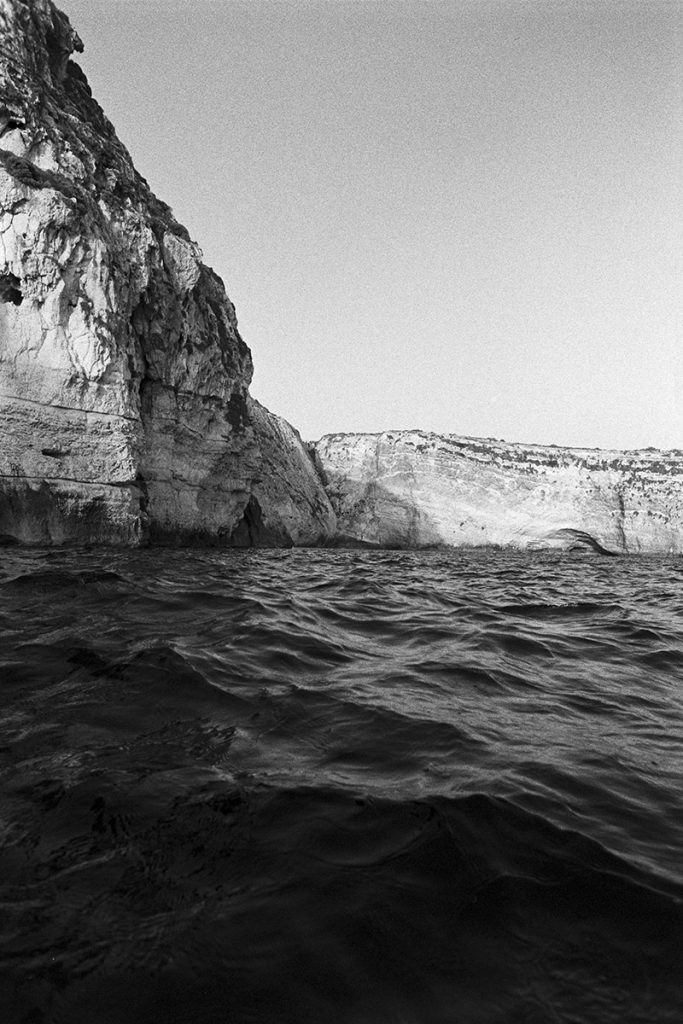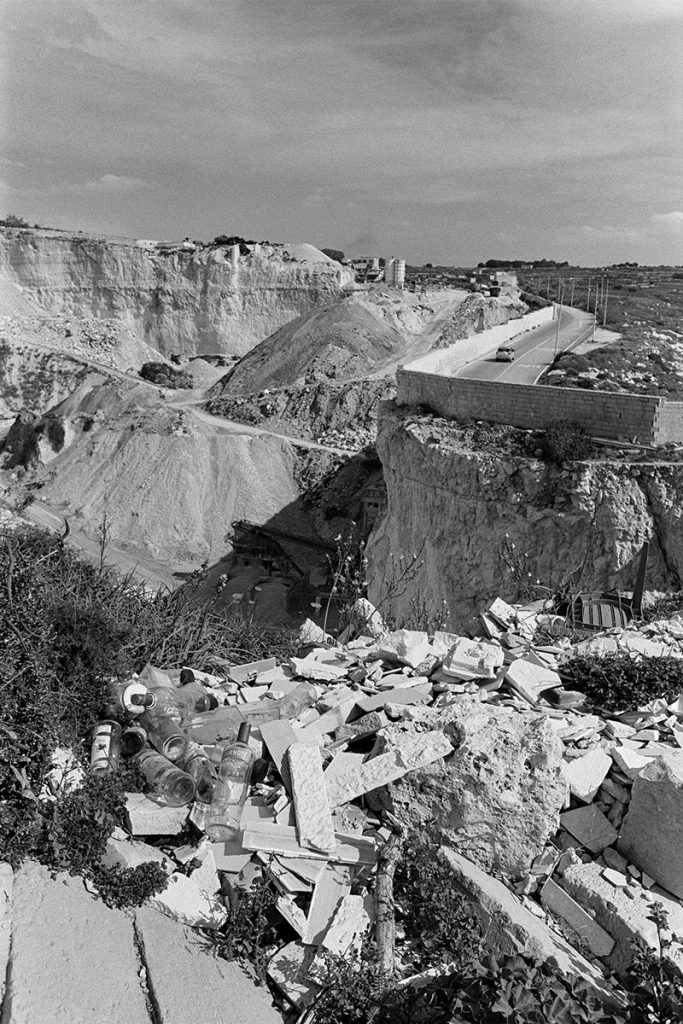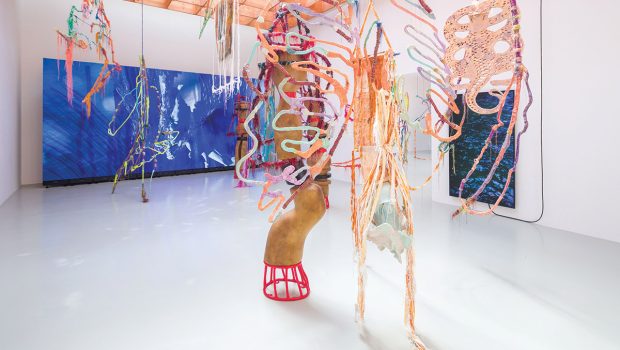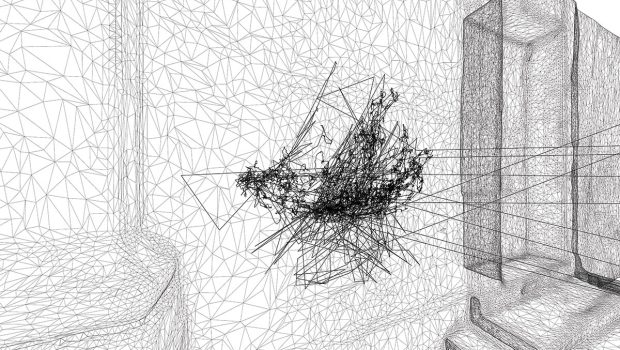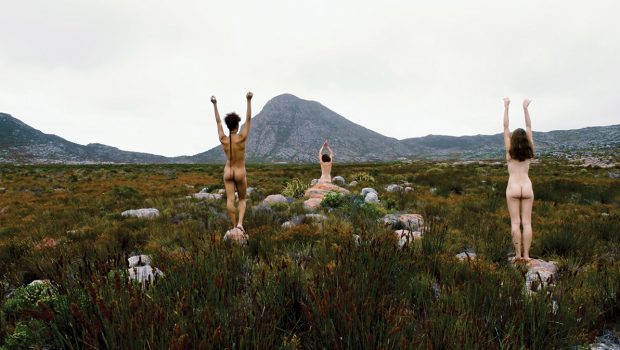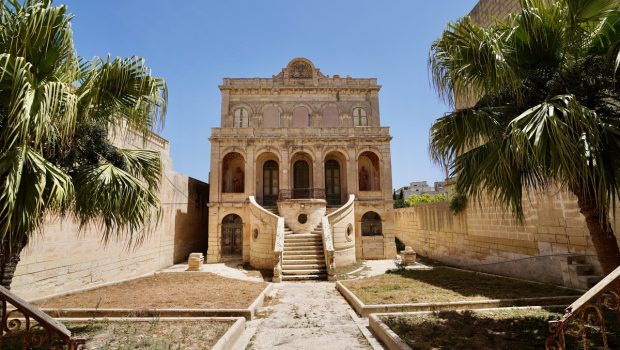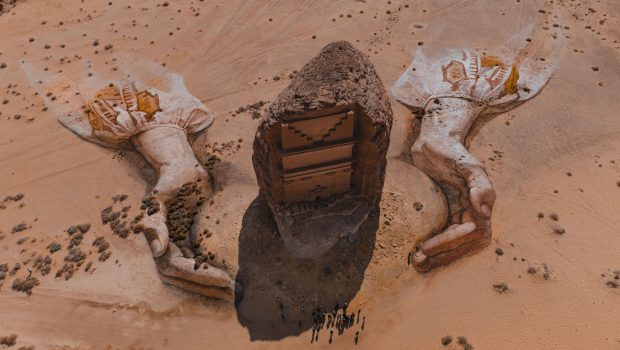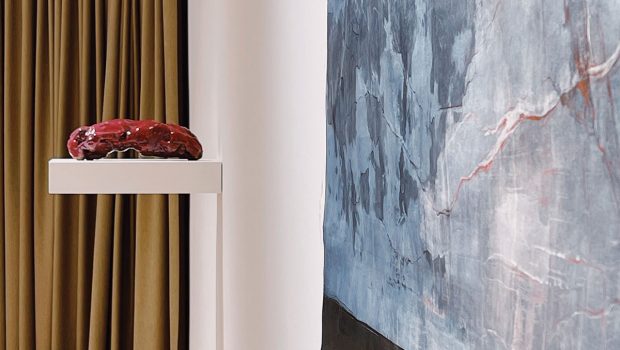Eyes Wide, Shuttered
Contemporary photography in Malta
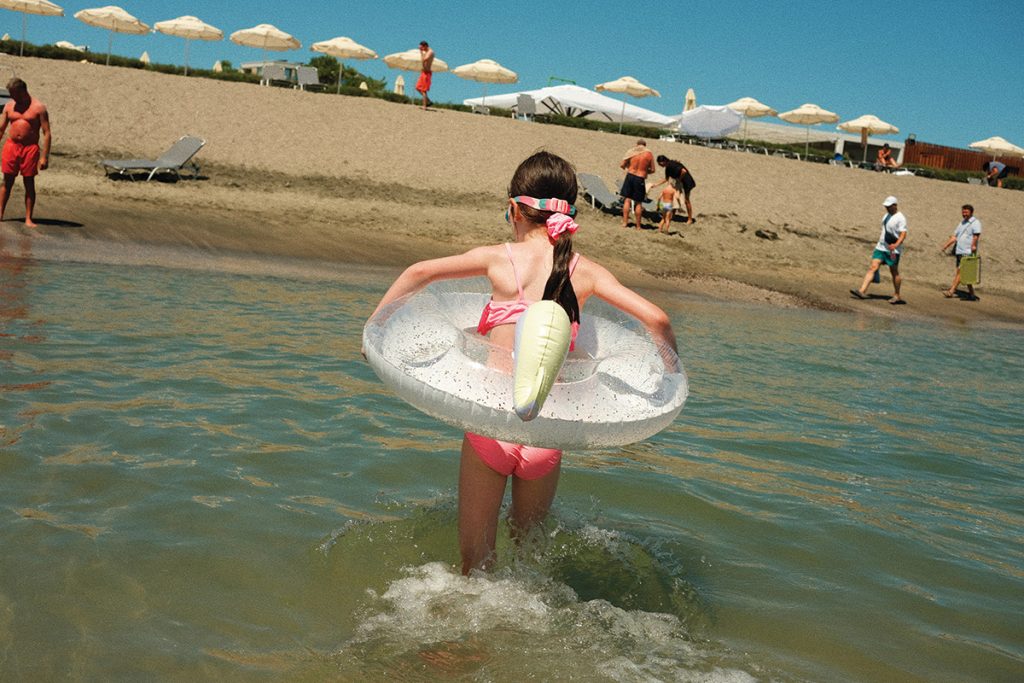
The looming arrival of winter has been made more bearable for me this year thanks to two remarkable contemporary photography books – Inigo Taylor’s ‘Lbic’ and Sarah Scicluna’s ‘Intimate Summer’ – which now rest on my bedside table. Both of these collections are filled with stunning imagery, showcasing a striking diversity that reflects the unique perspectives of the artists behind them. Yet, despite their differences, both books convey a profound and passionate bond with the sea. ‘Intimate Summer’ captures the intimate moments and human connections that evoke a sense of nostalgia for anyone who has spent their summers in Malta. In contrast, ‘Lbic’ invites us to appreciate the vast and intricate beauty of our coastline, revealing its sublime nature to those who take the time to look.
The community of artists utilising contemporary photography as their medium is expanding in Malta, with talents like Alexandra Pace, Therese D’Ebono, Joe Smith, Amelia Troubridge, and Nigel Baldacchino among my personal favourites. However, there remains a notable absence of dedicated spaces where photography as an art form can truly be celebrated. As a result, the primary way to engage with the works of these artists is through their published books.
I recently had the opportunity to speak with Sarah and Inigo, delving into their creative journeys and discovering the inspiration behind their remarkable books.
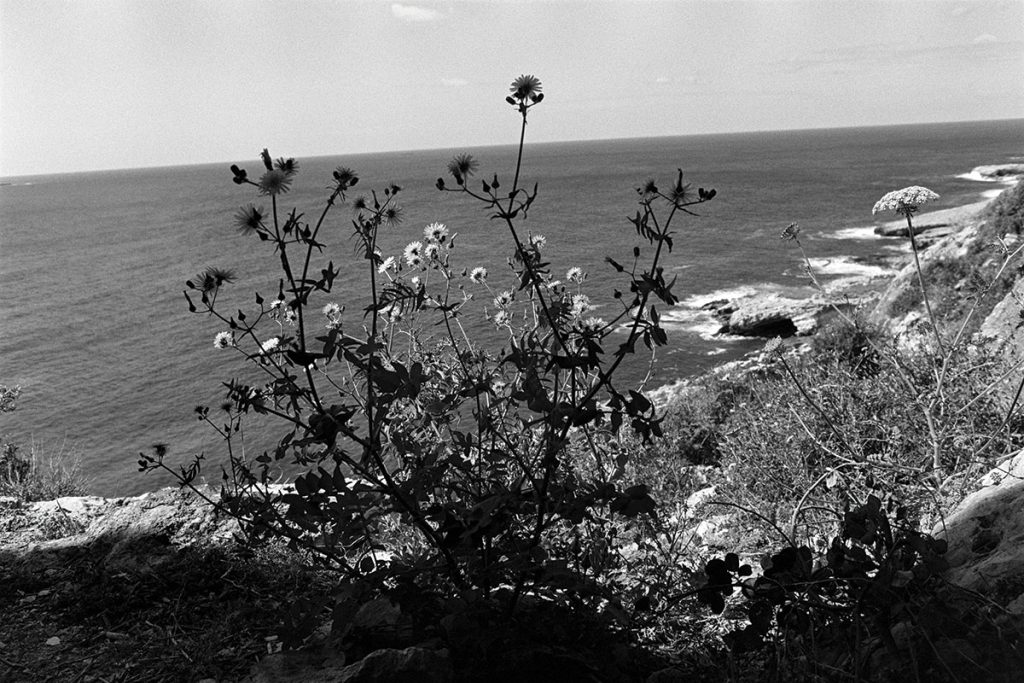
When did you first begin capturing images with a camera? Did you pursue any formal education in photography?
SS
Photography has always captivated me, and I first delved into it with a DSLR in my teenage years. However, my passion for street photography really took off when I acquired my first film camera—a Nikon L35AF point-and-shoot—that I still occasionally use today. I now find joy in capturing images with both digital and film cameras, appreciating the distinct characteristics that each medium brings to the art. Although I have not pursued formal training in photography, I feel that my background as a graphic designer has profoundly shaped my outlook on the world and the way I compose my images.
IT
I pursued my passion for photography initially at a college in Grimsby, followed by further studies at a university in Lincoln. During my college years, I was fortunate to have two exceptionally insightful instructors. I graduated from high school without any qualifications or a clear sense of direction, which led me to complete a foundation year to qualify for the National Diploma and A Levels. My A Level photography course was conducted during the evenings, alongside adult learners, where my teacher, Ian, played a pivotal role in shaping my artistic journey, guiding me on influential photographers and encouraging my unique approach to photography. I embarked on my photography journey during a transitional period; while digital photography was rapidly gaining traction, my instructors emphasized the fundamentals of 35mm film and darkroom techniques. I am truly grateful for that experience. I continued to shoot on film until 2011, but after relocating to Malta and facing challenges in finding a reliable lab, I made the switch to digital photography. Currently, I primarily use digital equipment for my commercial work, but in 2020, I rekindled my love for film. For my personal projects, I focus solely on black and white photography. I enjoy both 35mm and 6×6 formats, but if I had to choose one, I would favor 35mm. To streamline my creative process, I limit my options by using just one type of film and rely on a moderately wide-angle lens for nearly all of my work, whether in 35mm or 6×6.
Are there any photographers who have inspired you?
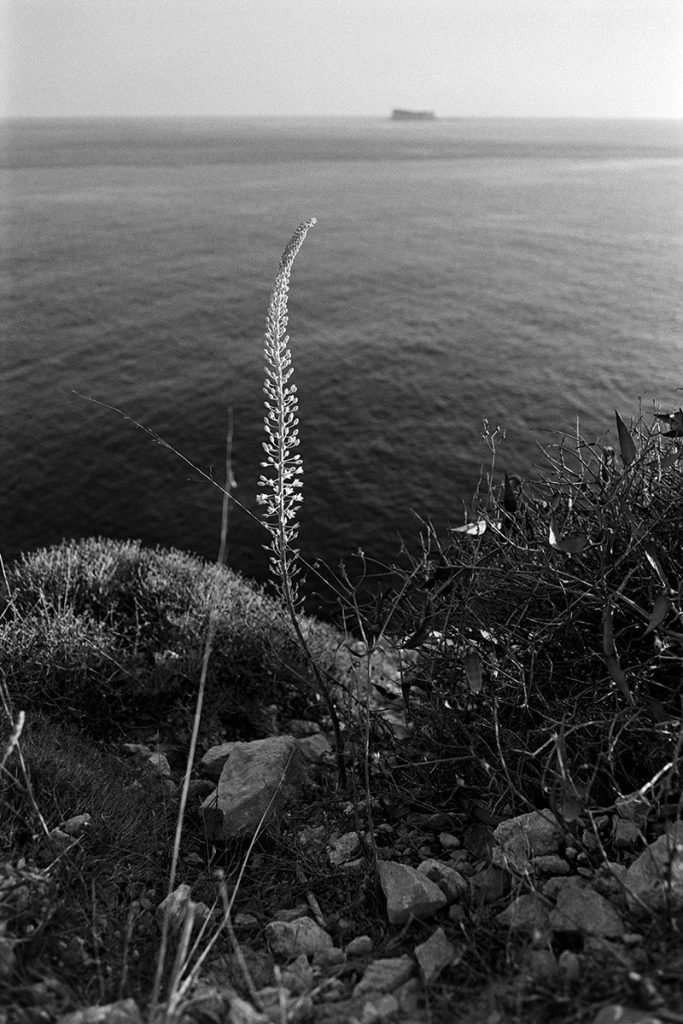
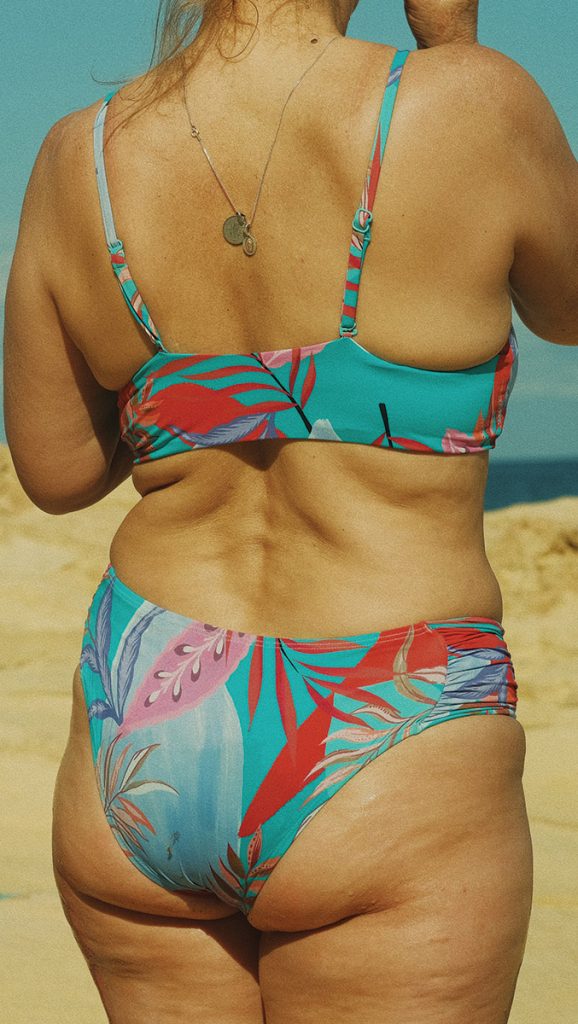
SS
I have a profound admiration for Martin Parr, and I can see his impact reflected in my photography. While I primarily focus on capturing moments at the beach, I deeply respect his ability to connect with his subjects on a personal level. This approach has significantly inspired me, particularly in the last year. Furthermore, I have immense appreciation for the works of Nan Goldin, Fred Herzog, and Joel Meyerowitz, all of whom have played a crucial role in shaping my artistic path.
IT
Over the past few years, I’ve noticed that I’m less inclined to examine the work of other photographers. However, I still find myself returning to the inspiring landscapes captured by Fay Godwin and Robert Adams; their dedication to the places they cherish serves as a powerful example. Additionally, I am gradually curating a collection of photo books focused on Sicily, which has led me to discover the intriguing work of Angelo Pitrone. I’m eager to delve deeper into his artistry.
Do you wish there was a photography museum in malta?
SS
Absolutely! A photography museum in Malta would provide a unique and enriching alternative to typical social venues. Beyond the humour, such a space would truly enhance the public’s understanding and appreciation of photography as an art form. It could exhibit the wide-ranging styles and narratives within photography, highlighting both local talent and international works, thus serving as a significant contribution to Malta’s cultural landscape.
IT
A photography museum dedicated to showcasing innovative photography that explores a myriad of ideas and themes, particularly within a Maltese context, would undoubtedly be beneficial. The increasing number of photographic archives made available through books and exhibitions here is truly inspiring. However, a photography museum should aspire to do more than simply reflect on the past. The Bradford Museum of Photography has long been a prime example of this, featuring outstanding exhibitions of contemporary photography alongside an extensive archive. Its rebranding as ‘The National Media Museum’ signifies a notable shift in the perception and role of photography in the broader media landscape.
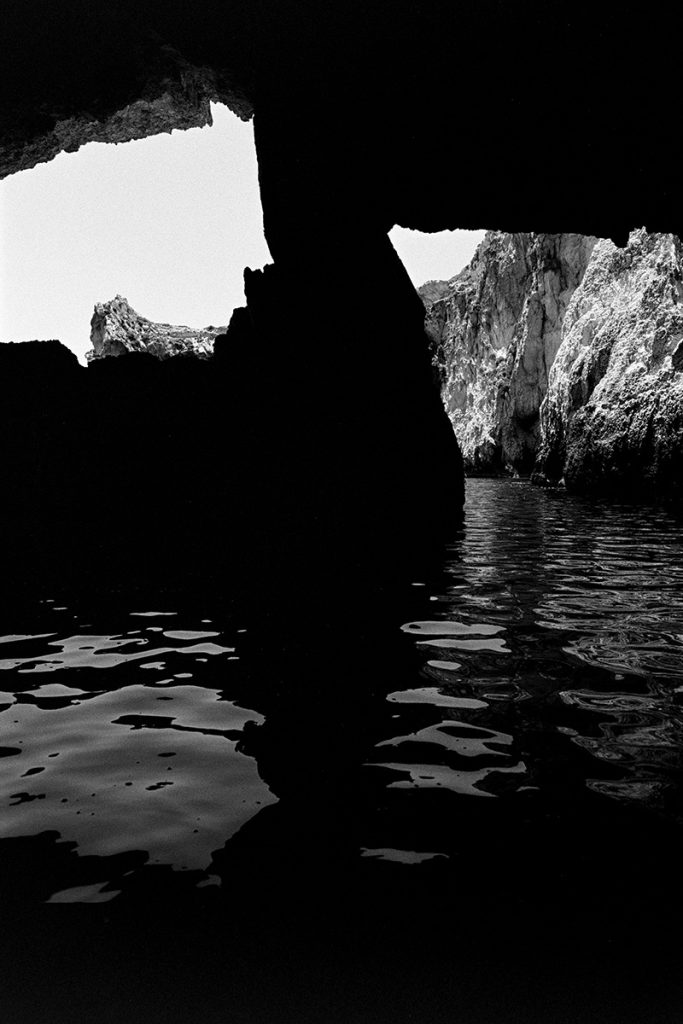
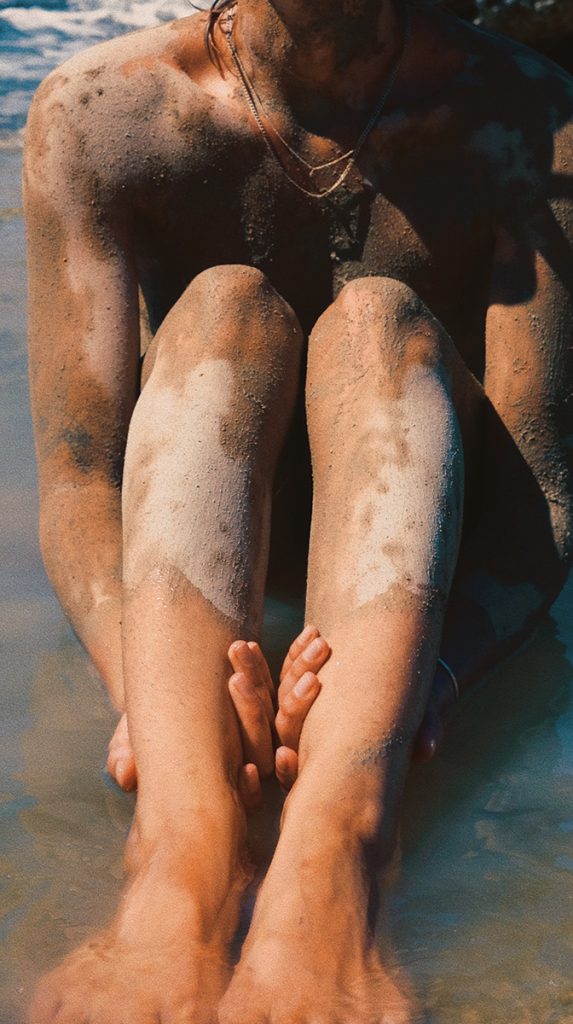
Do you feel contemporary photography is respected enough as a medium/an art form in Malta?
SS
While I appreciate and am grateful for the positive feedback I receive on the photographs I showcase online, I do feel that photography in Malta is often viewed more as a hobby than a serious art form. People seem to enjoy viewing the work, but there’s a noticeable hesitance when it comes to purchasing prints or fully acknowledging photography as an art worth collecting. This contrasts with how photography is perceived in other parts of the world, where it’s given more recognition and value as a legitimate art form.
I have to admit, I haven’t immersed myself deeply enough in the Maltese art crowd to have a fully formed opinion on this. However, it’s encouraging to see a growing number of diverse projects emerging. I do think Malta is evolving and making strides in pushing the boundaries of creativity and what we present to the public. Ultimately, I care more about connecting with people who truly understand and value the art form, regardless of the wider crowd’s opinion.
IT
I remember a few years ago I approached a publisher who wanted “something different” I showed my prints, and at the end of the meeting his response was “but where is the azure window?” I think things have changed since then. We still need to be realistic in terms of what kind of audience there is here in terms of numbers.
In terms of whether or not photography is appreciated here in Malta from the point of view of exhibitions I’d say we have had some great exhibitions over a range of genres over the last few years and that is very promising. Zvedzdan Relic and Ede books did a sterling job publishing many locally based photographers in affordable books, accessibility to art is important and unfortunately photobook publishing here can verge on the prohibitively expensive. We will all miss him and he certainly allowed many artists to show that Malta has a lot to offer.
What do you hope people see in your book?
SS
While my photos on Instagram and my website showcase an assorted collection, this book offers a deeper narrative about returning home for a summer. It highlights the diverse characters I’ve encountered, from strangers to the most significant people in my life, including a past lover and newfound friendships. Ultimately, it serves as a personal exploration of human connection, growth, and transformation.
IT
I hope that people see a place worth caring about, I’ve seen a big growth in interest in the outdoors and outdoor pursuits, Many people, locals and visitors , through hobbies and sports get a tremendous amount of pleasure from our landscape, what should we give back?
Intimate Summer can be bought online from www.saraheatsfilm.com while Lbic can be bought from Il-Local in Valletta.
